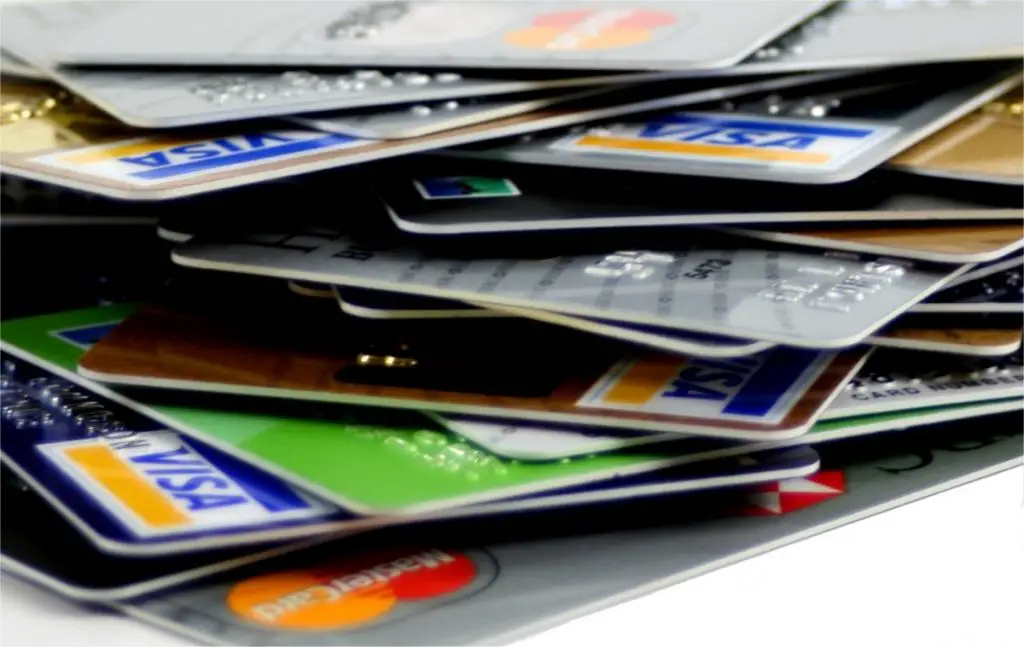 We all want to have it all. We want to be able to live debt free but still maintain a great credit score. But having your cake and eating it too is widely believed to be impossible. I’m here to prove to you that it is, in fact, possible!
We all want to have it all. We want to be able to live debt free but still maintain a great credit score. But having your cake and eating it too is widely believed to be impossible. I’m here to prove to you that it is, in fact, possible!
It’s not exactly easy and it takes a lot of self-discipline, but you can do it! And it all begins with smart money habits. Here are some smart ways to use your credit card and stay away from debt:
Get Rid of Most of Your Credit Cards
If you have more than one credit card, then you need to rethink your finances. In the best case scenario, you have just one credit card. If that isn’t your current situation, the first step to using your credit card smartly is to stop using credit!
Start paying off your balances in order from smallest balance to highest balance. Then, cancel any credit card that:
- Charges fees even when your balance is $0
- Has higher interest rates than your other cards.
Your credit score will increase if you have multiple cards, so you don’t cancel all of them. You do, however, want to stop using them because this only works if you have a low credit utilization ratio. And if any card has annual or monthly fees even when you aren’t using it, it’s not worth it. Cancel it.
Keep every credit card except the one you’ll use stored somewhere safe in your home.
Budget as if You Have No Credit
The only way to use a credit card smartly is to only buy what you can already afford with your own cash. Buy groceries with your credit card and then pay the balance in full at the end of the month.
With this habit, you’ll steadily increase your credit score while keeping your debt at zero.
If this isn’t what you’re currently doing, then you need to reorganize and create a budget using only the money that you actually have. Pretend that you don’t have a single loan or credit card to your name and create a budget that works on your income.
Then, pay for things throughout the month using your credit card, being careful to stay within the budget you set for yourself so, at the end of the month, you can pay the full balance on your credit card.
Prioritize Debt Payments
After you get rid of your credit card debt, it’s time to pay off any other forms of debt you have, including:
- Car loan
- Mortgage
- Student loans
Even these forms of debt which are sometimes referred to as “good debt” are things you want to avoid. That’s especially true of a car loan; the idea that you can’t avoid a car payment is a major misconception of modern life. You don’t need one and it’s a horrible waste of money.
The goal is to get yourself to a place where you don’t owe a dime to anybody. Then, once your debt is gone, you can use credit strategically to maintain a strong credit score without owing any money to anybody.
Keep Budgeted Money in Your Savings
All the money you budgeted for things like groceries, gasoline, and other expenses that you’ll pay with credit should go into your savings as soon as your paycheck hits your account. This will let you earn a modest amount in interest on that money. But more importantly, it will help you make sure you don’t spend it on anything else. It can also help you save money. If you come in under budget one month, just leave the unused money in your savings!
What it all boils down to is using your credit card as a cash substitute. Stop spending money as if your credit balance is part of your monthly income. If there’s something out of your budget that you want to buy, save until you can afford to buy it with cash. Don’t “just put it on the card!”
***
Kostas Chiotis is an economist and a blogger. You can check out his blog at FinanceBlogZone.com and follow him on Facebook and Twitter.
Photo Credit: Picserver

For those who have long-term debt (auto and home mortgage) under control and have excellent credit ratings, credit cards can pay you, instead of you paying them.
Several cards offer 1.5% cash back on purchases. Pay off the entire balance each billing cycle (no interest payment to them) and get that 1.5%.
Some cards offer 5% on selected categories, e.g. groceries, gasoline, usually for a three-month period. Use one of those cards for the 5% eligible purchases, your 1.5% card for the rest of your purchases, except as follows.
Some banks and credit unions offer 1.5 or 2% on the entire average balance in your savings account, if you do certain things you normally do anyway, such as have recurring payments (auto loans, etc.) automatically deducted from the account each month. They have a debit/credit card associated with the the account and 12 or 15 purchases using it are required to earn the interest. Make the required number of payments in small amounts here and there, using the other two cards above for larger payments. Be sure and use the bank card AS A CREDIT CARD (don’t use a pin), to get the protection a credit card gives you as opposed to vulnerabilities associated with debit card purchasing.
Thanks for sharing these tips. They’ve definitely lessened my worries about using credit cards.